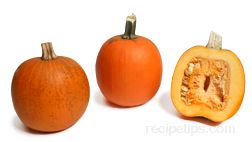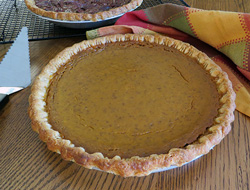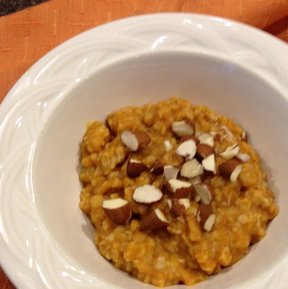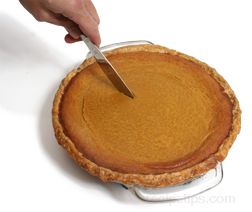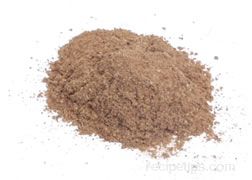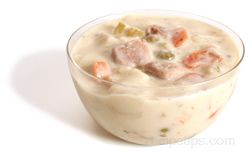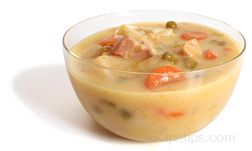Small in size, this variety of winter squash is grown to make homemade pumpkin pies and a variety of foods containing the flesh of this squash. Similar in appearance to the traditional pumpkin, the Pie Pumpkin is used primarily for baking, but also for ornamental purposes when decorating tables or outdoor settings. The Pie Pumpkin develops a golden yellow inner flesh that is high in beta-carotene and fiber, and contains other nutrients such as protein, complex carbohydrates, vitamin C, and potassium. The sweet flesh of the Pie Pumpkin is used in baking pies, puddings, soups, savory dishes, and stuffings served with poultry. A purée, made from Pie Pumpkins is canned and available in food stores or it can be made from the flesh of a fresh pumpkin.
When selecting pumpkins, choose those that are bright orange in color and thick skinned without blemishes or rough and wrinkled skin. The pumpkins should be heavy for their size and have an attached stem. Depending on their age when fresh, pumpkins can be stored for 1 to 2 months in a cool dry area. Canned or puréed meat of the pumpkin can placed in an airtight container or bag to be stored frozen if it is cooked. It should be used within 3 months after freezing.
For recipes, 1 pound of fresh pumpkin meat equals: 2 cups cooked pumpkin; 1 cup of puréed; 2 cups of cubes; or 3-1/2 cups of freshly grated pumpkin meat.

